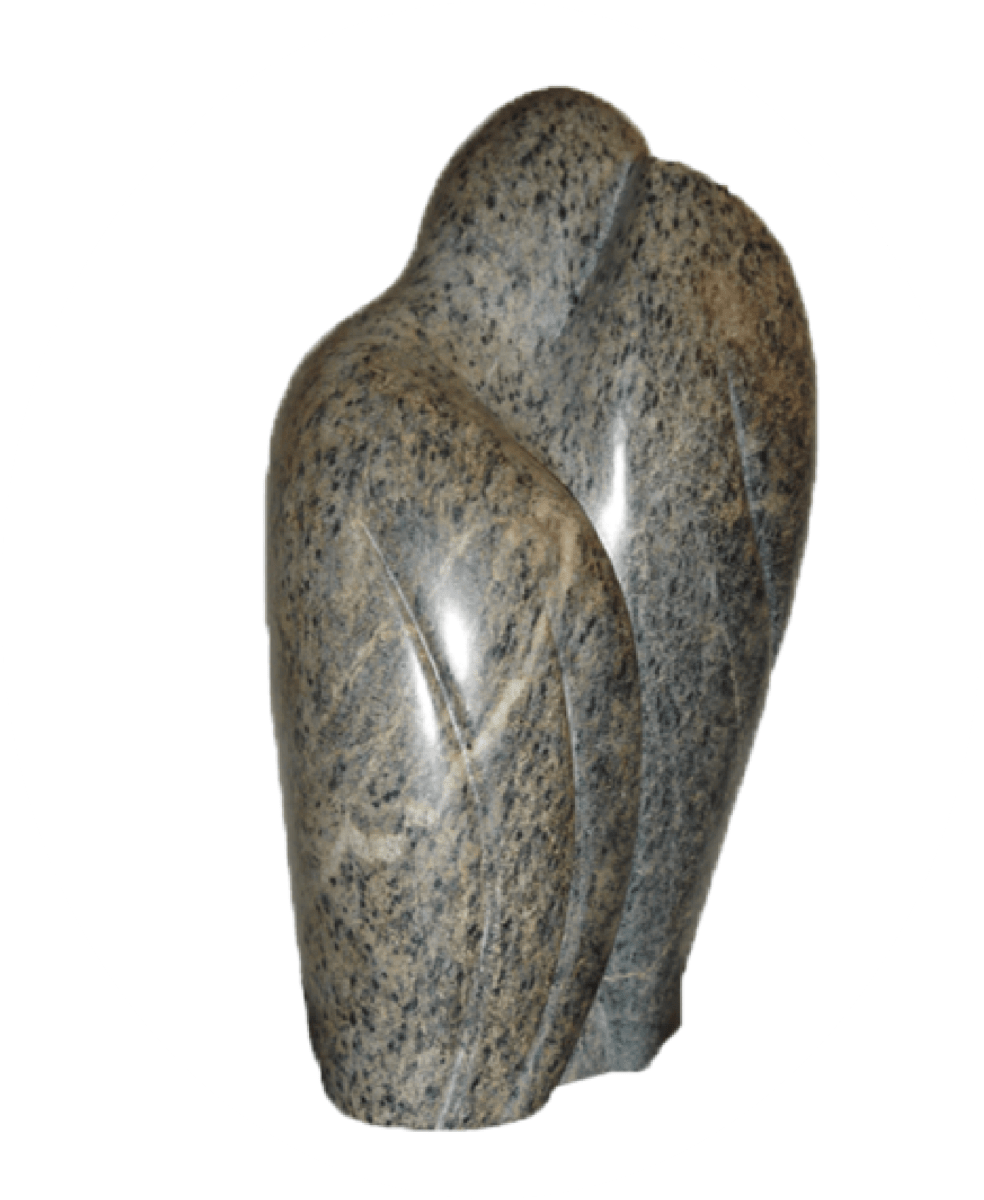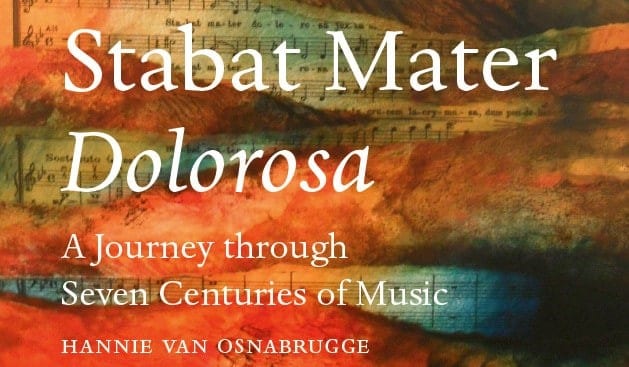Camillo de Nardis
About the composer
Camillo de Nardis (1857 – 1951) was born in Orsogna, Italy. He studied at the Conservatory of Naples, where he gained his diploma of composition in 1879. He stayed at the Conservatory to become first a teacher and later vice-director. Camillo de Nardis wrote mostly instrumental works with a contrapuntal approach and in line with this his Stabat Maters, based on the works of Pergolesi and Traetta are also instrumental.
About the Stabat Mater
| Date: | ca. 1875 |
| Performers: | String Quartet and double bass |
| Length: | 11.10 minutes |
| Particulars: | The CD-insert describes this Preludio Religioso a solo quartetto a corda sopra motivi dello Stabat Mater di Traetta as follows: A composition for strings probably written while he was still studying in Naples. It is built around three sections. A "Moderato" is followed by a "Largo" with long held notes, leading into an "Allegro". The first theme is then taken up again in fugue style and leads into the finale where the theme from the Largo comes back. |
| Textual variations: | No text is used. |
| Colour bar: |
As no text is used there is no reason for a colorbar |
Information about the recording
| CD: | Bongiovanni GB 5055-2: 19th Century Unpublished Italian Sacred Music |
| More info: | Third CD in a series devoted to music from the Abruzzo area in Italy. Recorded at the Teatro Odeon, Ortona, in February 1998. I bought this CD in a record shop in the Netherlands, 1999. |
| Orchestra: | I Solisti Aquilani |
| Conductor: | Vittorio Antonelli |
| Soloists: | Ettore Pellegrino, violin |
| Other works: | Francesco Paolo Tosti: Tantum Ergo + Piccolo Quia Vidisti |
| Code: | 1999 NAR-01 |
Listen
About the Stabat Mater
| Date: | 1885 |
| Performers: | Violin + pianoforte |
| Length: | 6.17 minutes |
| Particulars: | The CD-insert describes this Preludio allo Stabat Mater del celebre M° Pergolesi as follows: The composition is divided into four parts which follow each other without a break. A "Andantino" is followed by an "Allegro non tanto" built as an extremely rigorous fugue around three voices. Then comes a short modulating recitative which introduces the "Moderato" con sentimento" which in turn gives way to a new "Allegro" finish. It is a well constructed piece drawing clearly recognizable on themes from Pergolesi's work. |
| Textual variations: | No text is used |
| Colour bar: |
As no text is used there is no reason for a colourbar |
Information about the recording
| CD: | Bongiovanni GB 5055-2: 19th Century Unpublished Italian Sacred Music |
| More info: | Third CD in a series devoted to music from the Abruzzo area in Italy. Recorded at the Teatro Odeon, Ortona, in February 1998. I bought this CD in a record shop in the Netherlands, 1999. |
| Orchestra: | I Solisti Aquilani |
| Conductor: | Vittorio Antonelli |
| Soloists: | Ettore Pellegrino, violin |
| Other works: | Francesco Paolo Tosti: Tantum Ergo + Piccolo Quia Vidisti |
| Code: | 1999 NAR-01 |




